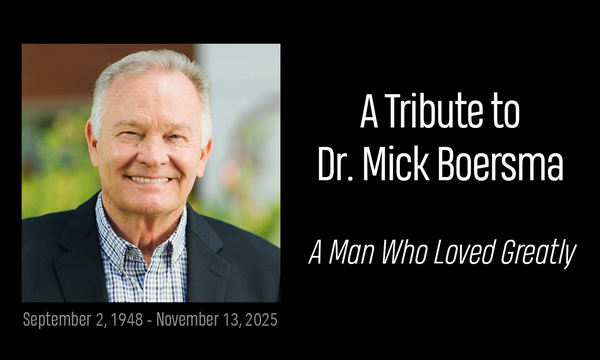Recently a number of people who had visited a church for the first time were asked what made the biggest impression on them, and what influence it had on their decision to go back the following week? Can you guess the #1 (by far) issue that impressed (or depressed) visitors? It was…“The friendliness of the people.” Over and over again this was mentioned. Regardless of denominational affiliation, attractiveness of the facilities, eloquence of the preacher, breadth of the program, or quality of the music…visitors seem to be most impressed with friendliness.
So, how do visitors determine the “friendliness” of a church? The answer is simple, yet insightful. Visitors determine the friendliness of a church—of your church—by the number of people who talk with them! That's it. Simple, but significant! So, here are two visitor formulas you'll want to remember:
Many conversations = friendly church.
Few or no conversations = unfriendly church.
When did guests conclude that the church they visited was, or was not, a friendly church? The answer may surprise you. More than any other time, the critical time for making a “friendly impression” is the ten minutes right after the last prayer is prayed and the last song is sung. It's when “the game is over and the rules are off” (as one young man put it). What he meant was that people don't have to do anything after the service except be themselves. Some talk to their friends. Others hurry out to pick up their children or get to a nearby restaurant. And a few, apparently, stop to talk with the visitors. THAT makes a big impression when it happens.
Perhaps this is why, in the average church in North America, just 9% of first-time visitors become active in the church they visit. So, what can we do about it? The first thing in being more intentional about the 10-minutes following your service is to encourage members to take the initiative and greet anyone they do not recognize, or anyone who appears to be alone. Almost everyone can introduce himself or herself and carry on a conversation as they walk out of the worship center.
Many pastors go to the back of the building following the service to meet and greet. While this is nice, it does not address the issue of “friendliness,” which is so important from the visitor's perspective. A better way to respond to visitors following worship is to have four or five people (for a congregation of about 200) assigned to function as after-service hosts. Here's how the idea works. The members selected for this task must have good hospitality and interpersonal skills. Some writers in the field of spiritual gifts suggest that “hospitality” is a spiritual gift (see I Peter. 4:9-10, Ro. 12:9-13, Ac. 16: 14-15, Lu. 10:38, He.13:1-2). With enough “recruits,” two or three teams of 4-6 people are formed, with one team assigned to each service. Their job is to mingle, and look for visitors or people who seem to be ignored by others. They may function both before and after worship although, the latter is more important. These “minglers” simply go out of their way to welcome visitors and engage in conversation with them. In the overall visitor strategy, they perform a vital function.
Here are a two other ideas on how churches create an environment where visitors feel welcome…
3-minute rule: The pastor concludes the service with a reminder to the congregation of the “three minute rule.” For newcomers, the pastor reviews the rules: “No one is allowed to speak to anyone they know for the first three minutes at the conclusion of the service.
Greeting time at the end of the service: Some creative churches have moved the greeting time to the last event of the service. After the final prayer, people are encouraged to greet their neighbor. This makes it easier to continue a conversation that isn't abruptly cut short by the next event in the service. Some churches give even more encouragement in the post-service conversation by suggesting a discussion question to ask the person next to them, like “What is your favorite flower…or food?” “Where were you born?” or some other question that facilitates a more extended conversation after the service
How friendly is your church? How many newcomers are spoken to for an extended time by regular attendees? The more conversations take place with first-time guests, the more your church will be viewed as friendly . . . and the more guests will return for a second and third visit.
Note: Adapted from What Every Pastor Should Know: 101 Indispensable Rules of Thumb for Leading Your Church (Baker Books April 2013), by Gary L. McIntosh and Charles Arn. Now available from your local book store or online from your favorite distributor.
 Biola University
Biola University


.jpg)
.jpg)